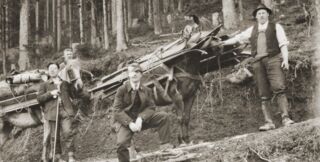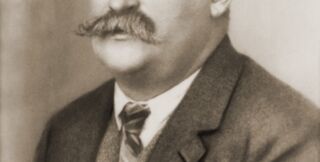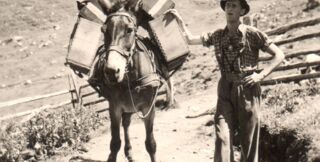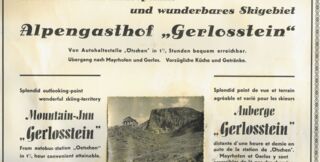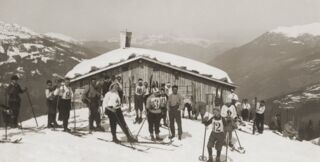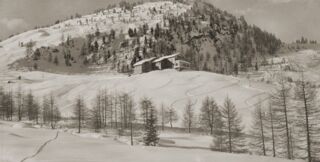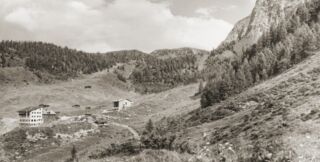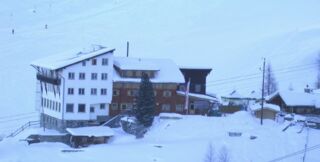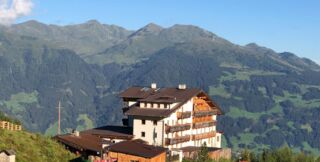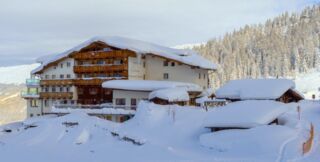Towards the end of the sixties the lift restaurant - 'Sonnenstüber Arbiskogel' originated. Then the 4-star Hotel "Dörflwirt" in the seventies. In 1992 the third generation, Rupert und Gerda Binder, took over and in the "Dörflwirt" Stefan and Patricia Binder. 2002 Rupert and Gerda, together with their three daughters: Christina, Sonja und Magdalena, converted the mountain guesthouse into a hotel.
2018 the business was passed on to the fourth generation: Christina & Martin Pfluger.
And the history of the Hotel Dörflwirt continues, in the year 2017 the fourth generation took over too, by Stefan´s son Maximilian.
The Sonnenstüber Arbiskogel, as well as the oldest rooms in the hotel have been preserved in their original state. A piece of history which has many stories to tell.
2020 brought the greatest challenge for the Binder & Pfluger families. Corona. Now we can safely say, we survived.
Each generation has its challenges ;-) hopefully there are many more to come.
In 2026 we will celebrate our centenary anniversary.
Thank you for your attention!
Families Binder & Pfluger
